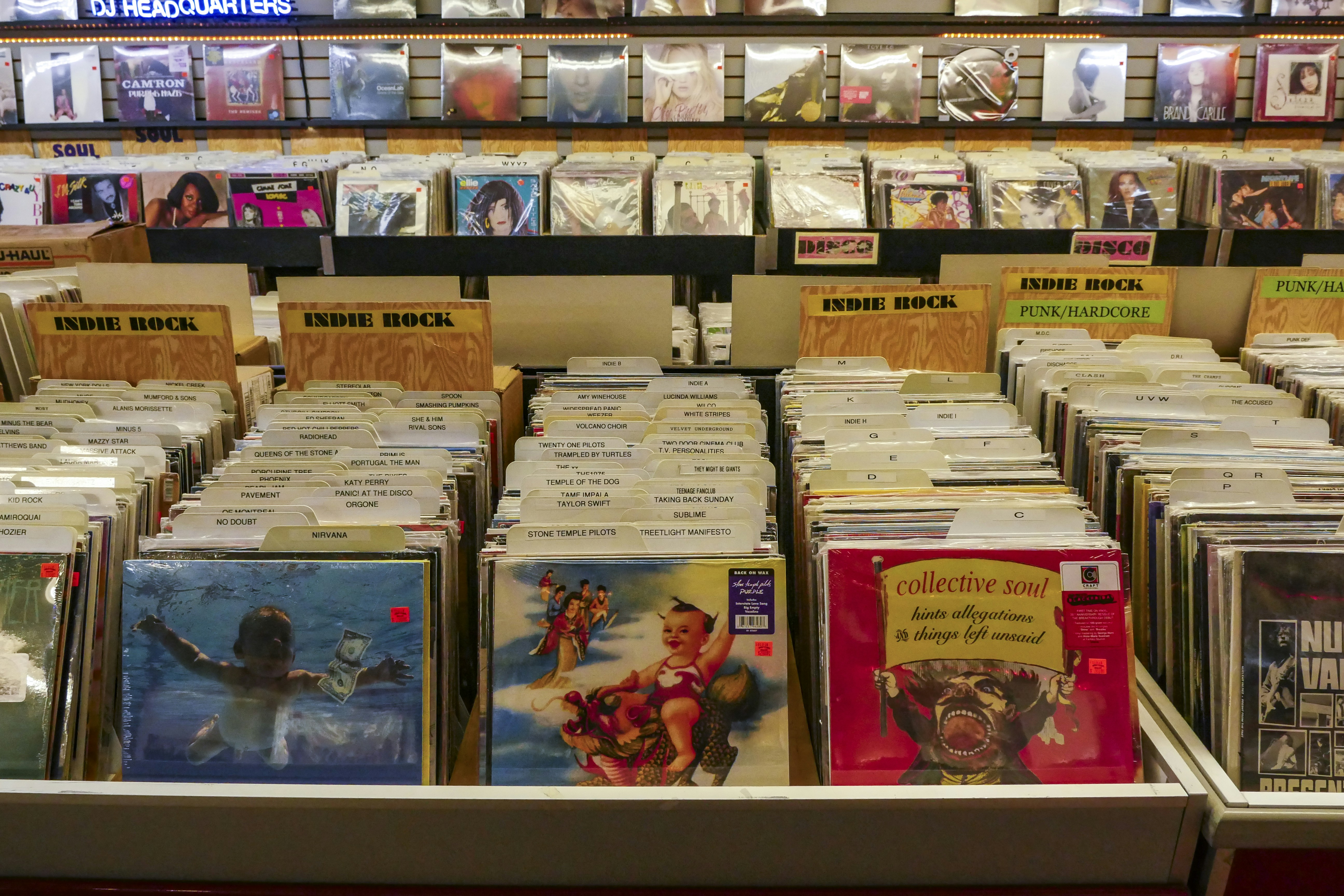Indie has always been slippery to define. At its roots, it meant music made outside the major-label machine, born from DIY grit and a refusal to play by corporate rules. Think The Velvet Underground pressing records that barely sold or Minor Threat booking their own tours. It was freedom first, genre second.
Fast-forward a few decades and indie doesn’t just live in basements anymore. Arcade Fire’s orchestral anthems stormed arenas. Sufjan Stevens turned whispery folk into symphonic experiences. And suddenly, what once felt like rebellion was winning Grammys. Which raises the question: when does indie stop being indie?
Indie at Its Core
Indie’s foundation was never about fitting one sound — it was about autonomy. DIY labels, photocopied flyers, sweaty basement shows. It was never about chart positions; it was about being heard, truly heard. That spirit carried into the 90s and early 2000s, when bands like Modest Mouse or Bright Eyes could sound fragile and strange yet still build cult followings without mainstream approval.
Indie wasn’t a genre so much as an approach: make the music you want, and find your people along the way.
The Blurred Lines of Success
Streaming and social media blew those walls wide open. Platforms like Bandcamp and SoundCloud gave indie artists global reach without the need for a label. TikTok turned bedroom demos into viral hits. At the same time, curated playlists on Spotify put “indie” tracks in front of millions who might never step foot in a dive bar.
Artists like Tame Impala and Chance the Rapper both began on the fringes, carving space outside the system. But as they filled festivals and topped charts, they became case studies in the blurred line: is success the death of indie, or proof that indie spirit can scale?
The “Sellout” Debate
For some fans, the moment a band signs with a major label, lands in a commercial, or headlines Coachella, the “indie” tag no longer applies. Critics argue that once big money enters the room, creative freedom starts to shrink.
But the truth is murkier. Plenty of artists have reached wide audiences without losing their core. Bon Iver can collaborate with Kanye and still record haunting folk experiments in a cabin. Mitski can play Madison Square Garden and still sound like she’s whispering directly to one person.
Maybe the real measure isn’t how many tickets are sold, but whether the music still feels honest.
The Future of Indie
Indie has never been static — it’s always evolved. Today’s scene is built on genre-mixing, constant experimentation, and communities that span both local venues and global streams. Some acts will cling to the underground forever, while others will embrace scale.
What matters is that the spirit — freedom, risk, vulnerability, authenticity — stays intact. Indie isn’t about staying small. It’s about staying free.
Closing Thoughts
So when does indie music become too big to be considered indie? Maybe never. Indie isn’t about size, fame, or whether you sell out a stadium. It’s about whether the music still feels alive, still risks something, still connects like it did when there were only twenty-five people crammed into a basement.
That’s indie. And that’s why it matters.
Sound + Image, delivered weekly
We publish raw portraits, photo essays, and indie thinkpieces. Get the Thursday issue in your inbox.
Subscribe on Substack →No spam. Unsubscribe anytime.

